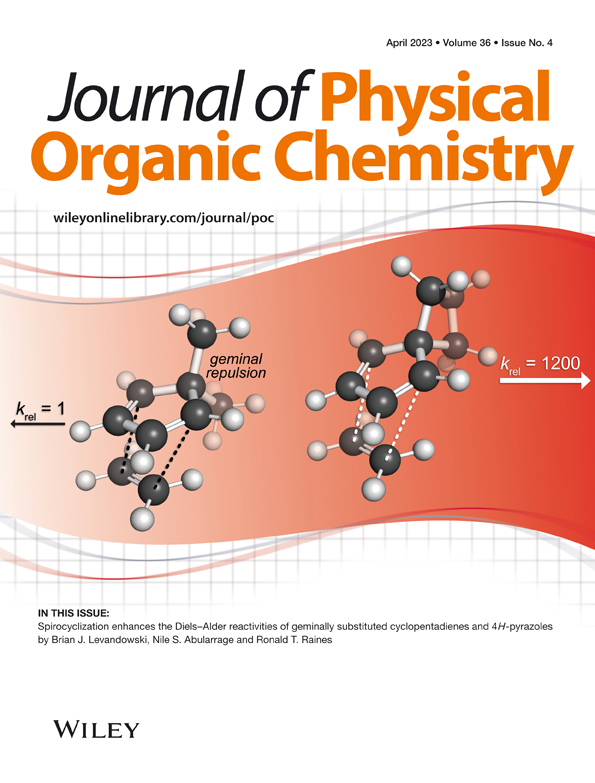DFT study of oxidation mechanism of secnidazole as an emerging contaminant: Application as STI control
Funding information: Higher Education Commission (HEC) of Pakistan, Grant/Award Number: SRGP # 21-1083
Abstract
A well-known process, called the advanced oxidation process, has been effectively used to study the oxidation mechanism of pharmaceutical wastes. The strong reactivity of hydroxyl radicals used in this process gradually oxidizes organic molecules into nontoxic products. Hence, the mechanistic details of secnidazole, 1-(2-hydroxypropy1)-2-methy1-5-nitroimidazole, oxidation, promoted by •OH have been studied under the M06-2X method and 6-311 G (d,p) level of theory, using density functional theory. Secnidazole molecule has been decomposed by oxidation of the isopropanol to an –COOH group, resulting in (2-methyl-5-nitro-imidazol-1-yl) acetic acid, which is further oxidized to (5-hydroxy-2-methylimidazol-1-yl) acetic acid, by the action of •OH. Furthermore, nitro and methyl groups present as substituents to the five-membered ring are replaced by hydroxyl groups, forming 1-(2-hydroxypropyl)-2-methyl-1H-imidazol-5-ol and 1-(2-hydroxypropyl)-5-nitro-1H-imidazol-2-ol, respectively. The optimized geometries of intermediates, transition states, and free energy surfaces have been found valuable in interpreting the details of the elimination mechanism. Fukui functional analysis has disclosed the reactivities of each site of SNZ. The systematic calculations on initial products and intermediates have shown significant exothermic properties.
CONFLICTS OF INTEREST
The authors declare that they have no known competing financial interests or personal relationships that could have appeared to influence the work reported in this paper. The author also declares there is no conflict of interest.




